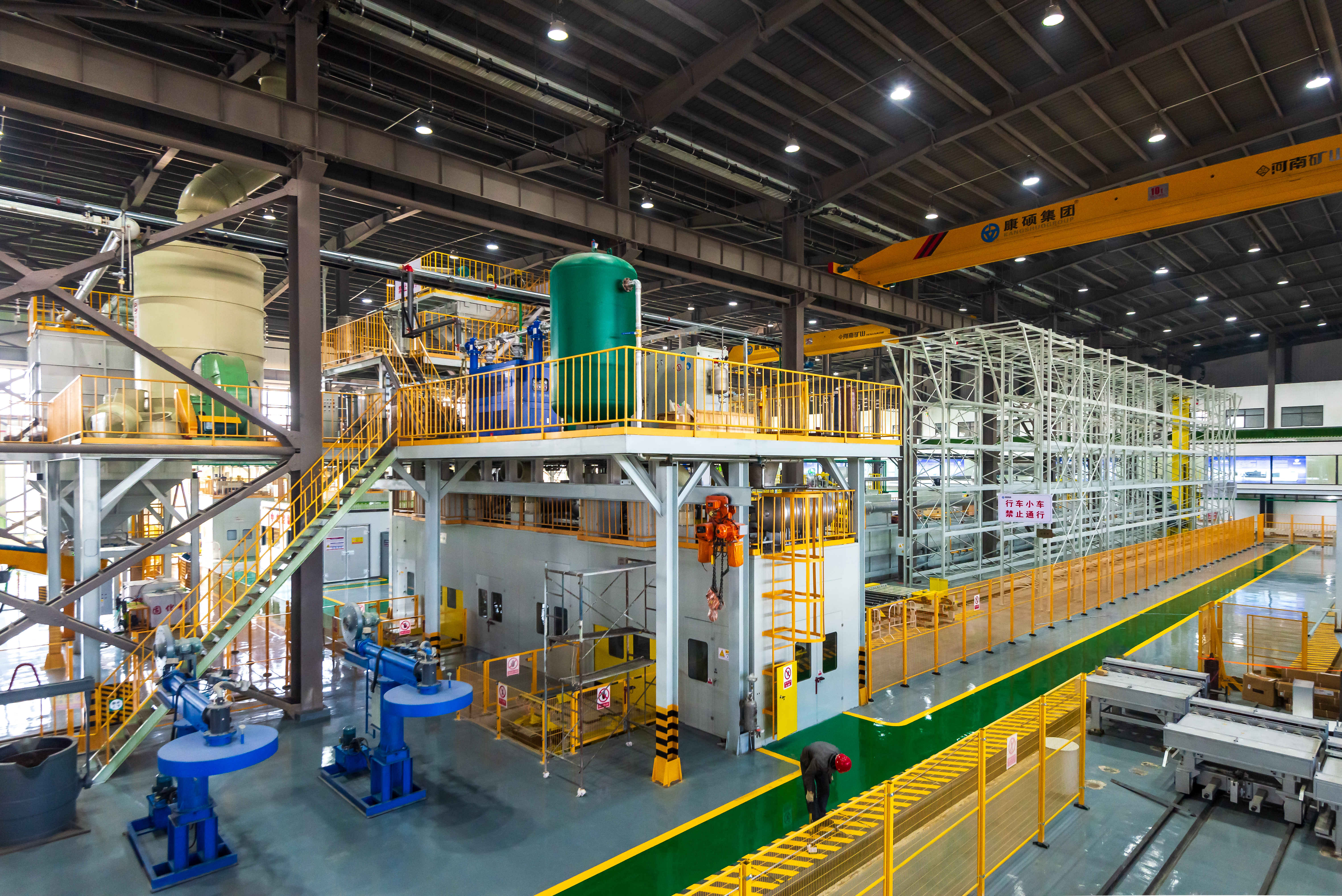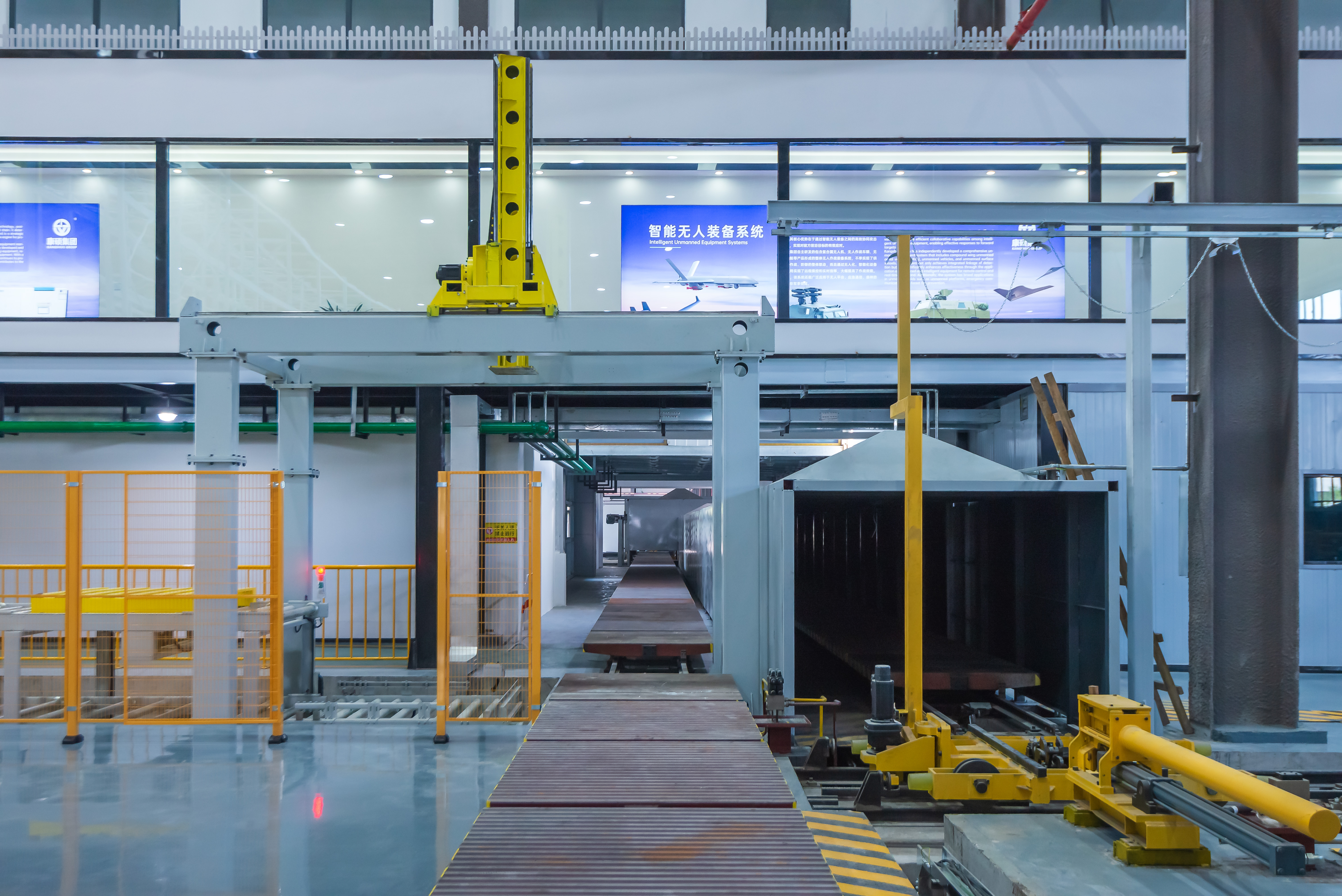gravity sand casting
Gravity sand casting is a fundamental metal casting process that relies on gravitational force to fill molds with molten metal. This traditional yet highly effective manufacturing method involves creating a mold cavity in special sand, which is then filled with liquid metal that solidifies into the desired shape. The process begins with creating a pattern, typically made from wood, metal, or plastic, which is used to form the mold cavity in the sand. The sand mixture, consisting of silica sand combined with clay and other binding agents, is carefully packed around the pattern. Once the pattern is removed, the resulting cavity serves as the mold for the metal casting. The molten metal is then poured into the mold and allowed to cool and solidify naturally under the influence of gravity. This method is particularly valuable for producing complex metal components with internal cavities and is widely used in automotive, machinery, and industrial equipment manufacturing. The process can accommodate various metals including iron, steel, aluminum, and copper alloys, making it versatile for different applications. Gravity sand casting is especially suited for low to medium production volumes and can create parts ranging from small components to large industrial castings weighing several tons.


